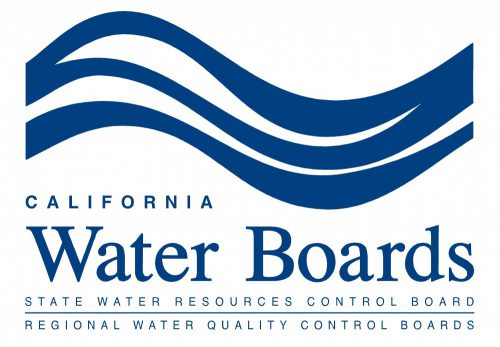Salmon need help in California, but what kind? Salmon need help in California. Unfortunately, L.A. Times opinion writer, Michael Hiltzik, isn’t doing them any favors by furthering the notion that more water in the Delta’s sterile waterways is the solution. Hiltzik completely ignores the economic consequences that have devastated San Joaquin Valley farms, farmworkers, and […]
The solution to pollution is not, in fact, dilution.
The solution to pollution is not, in fact, dilution. While a catchy phrase, scientific and other experts generally agree that the “solution to pollution is dilution” approach leaves much to be desired. Relying on dilution to solve the Delta’s water quality problems is at best wasteful of this precious resource, and at worst destructive to […]
Water: Time for a Fresh Look at What Works, What Doesn’t and What to Do About It
Water: Time for a Fresh Look at What Works, What Doesn’t and What to Do About It For decades, California has been stuck in a Groundhog-Day-like water debate that pits fish and the environment against humans, farms and other water needs. Presented as a zero-sum game, we are told it is necessary for one set […]
Smart Policy- Real Solutions
California’s way of life is sustained by our flowing water. From farm fields and grocery store shelves, to city streets- moving water affects us all. Modern water management in the State focuses on two principles- moving water from places and times of abundance to places and times of need efficiently, and balancing the needs of […]
A deep dive into the shallow end
California Magazine, the publication of the UC Berkeley Alumni Association, recently published an article by Glen Martin on California water issues. Titled, A Deep Dive Into California’s Recurring Drought Problem, the article contains a number of recommendations that, if implemented, would devastate large parts of California’s economy, without a significant improvement in California’s available water […]
Smart Policies- Multiple Benefits in Floodplains
Securing California’s water future for farms, families and native species is possible. When we pursue smart policies that foster innovative solutions, everyone benefits. One example of these smart policy solutions is the use of strategically expandable floodplains found in the Central Valley Flood Protection Plan. How can changing how we think about storm flows and […]
Managing water under California’s broken water system
Managing water under California’s broken water system California’s farm water suppliers don’t shy away from hard work. They never have-but our broken water system (graphic) continues to erode their ability to do the most important part of their job- managing and delivering the water used to grow the food and fiber we all depend on. With […]
California needs to adopt a holistic approach to water policy
Moving forward, California needs to adopt a holistic approach to water policy that takes advantage of all our options. By considering just one issue at a time and focusing on a single piece of the puzzle, as we have done for decades it creates a fragmented approach to water policy, which ends up hurting everyone. […]
2017 Snow Survey Results Off the Charts- Must Improve Water Supplies
Snow Survey Results Off the Charts- Must Improve Water Supplies When state snow surveyors visited the Sierra Nevada today, they found a snowpack well above average for the date, and the biggest in more than 20 years. California agricultural organizations say they hope that translates into improved water supplies for the state’s farmers and ranchers. California […]
Reactions to State Board Unimpaired Flows Action
Reactions to State Board Unimpaired Flows Action On September 15, the State Water Resources Control Board released an updated proposal for the Bay Delta Water Quality Plan, expanding the pursuit of increased flow in it’s approach for addressing species decline in the Sacramento-San Joaquin River system. “If implemented, the State Water Board’s rule will have […]


